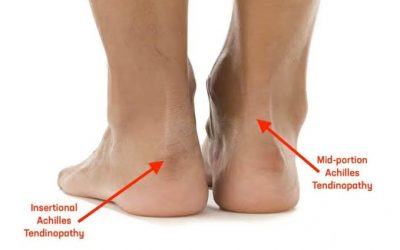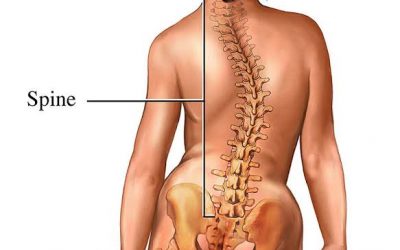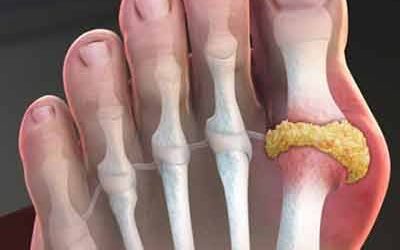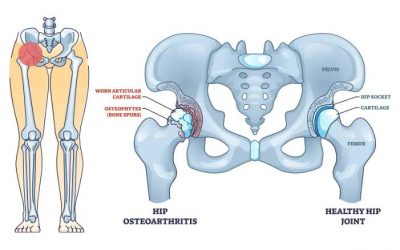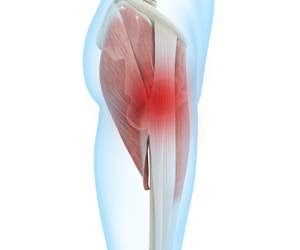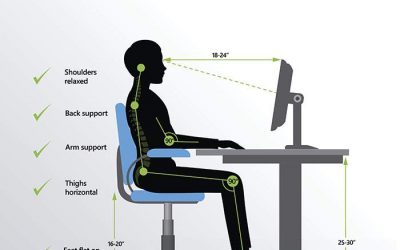Sciatica Pain
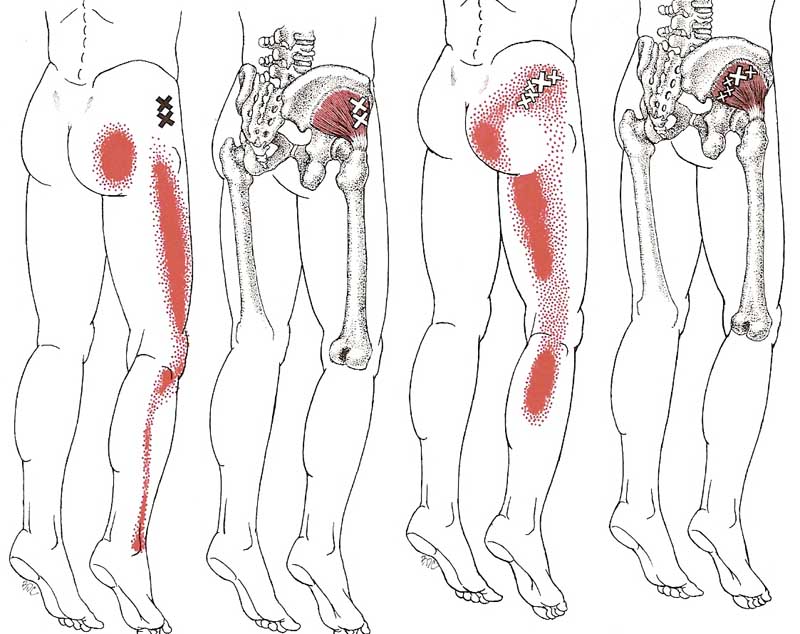
Sciatica typically presents with the following symptoms:
- Pain and discomfort: The main symptom is pain and discomfort along the path of the sciatic nerve, usually starting from the lower back, through the buttocks, along the back of the thigh, and sometimes extending to the lower leg and foot.
- Sharp and radiating pain: The pain may be sharp, feeling like an electric shock or stabbing sensation, often radiating down the leg and sometimes reaching the toes.
- Numbness and tingling sensation: Some patients may experience numbness or tingling, which may result from nerve compression or damage.
- Altered sensation: Patients may experience abnormal sensations such as tingling, pins and needles, or numbness, typically following the distribution of the sciatic nerve.
- Aggravating factors: Pain may worsen when coughing, sneezing, sitting, or walking, and often alleviates when lying down.
Symptoms of sciatica can vary from person to person, and the severity may also differ. If you suspect you have sciatica, please consult a doctor for diagnosis and treatment advice.
The advantages of acupuncture in treating sciatica include:
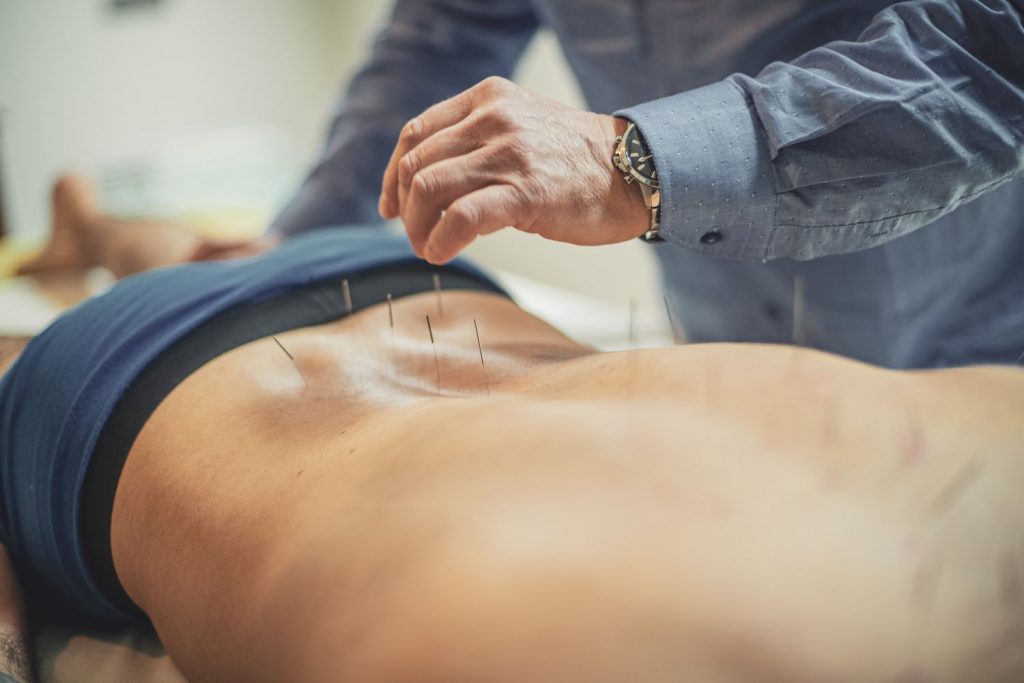
- Pain relief: Acupuncture can alleviate pain and discomfort associated with sciatica by regulating the nervous and circulatory systems, promoting self-healing and balance in the body.
- Comprehensive treatment: Acupuncture treatment typically combines acupoint selection, needling techniques, and other traditional Chinese medicine therapies such as cupping and moxibustion to comprehensively regulate the body’s function and energy flow, targeting multiple factors contributing to sciatica.
- Fewer side effects: Compared to medication or surgical treatments, acupuncture for sciatica tends to have fewer side effects, typically avoiding severe adverse reactions or complications.
- Personalized treatment: Acupuncture treatment can be personalized based on individual circumstances, with tailored treatment plans including specific acupoint selection, needling techniques, and adjustments in treatment frequency and duration to better meet the needs and expectations of patients.
- Promoting self-healing: Through stimulating acupoints and regulating the nervous system, acupuncture can promote the body’s self-healing and self-recovery abilities, thereby improving symptoms and the progression of sciatica.
It’s important to note that the effectiveness of acupuncture treatment varies from person to person, with significant results for some individuals and less pronounced effects for others. Therefore, before undergoing acupuncture treatment, it’s advisable to consult with a qualified acupuncturist or healthcare professional for a comprehensive assessment and diagnosis to determine the most appropriate treatment plan.
